What to expect from a tooth extraction

Getting ready for a tooth extraction can be a nerve wracking experience for a first timer but understanding the ins and outs of what to expect ahead of time can help put you at ease.
Having a tooth pulled is a very common dental procedure used to treat damaged, broken, heavily decayed or infected teeth. Extractions may also be required for orthodontia, or to realign crooked teeth caused by a crowded mouth.
Whatever the reason for your extraction, here are some tips to prepare you for pre- and post-appointment care.
Before your extraction
Having a tooth pulled is a low-risk procedure. However, as gum tissue may rupture and bacteria is present, there is a risk that toxins will enter your bloodstream.
If you suffer from any of the following conditions, inform your oral surgeon prior to your extraction. You may be placed on a series of antibiotics for extra protection.
- Heart defects or damaged heart valves
- Weak immune system
- Cirrhosis
- Endocarditis
- Artificial joints
Pulling the tooth
Your dentist or oral surgeon will inject a local anesthetic to deaden the area surrounding the tooth to be removed or if you prefer you may go under general anesthetic for the entire procedure.
Once you are fully numb, the tooth is detached using forceps and a gentle rocking motion to loosen the roots from the jaw bone and ligaments.
For impacted teeth, gum and bone tissue must first be cut away and removed. In difficult cases, teeth may be removed in smaller pieces.
Post extraction care
After the extraction is complete, a blood clot will form in the socket. The socket will be packed with gauze to control bleeding. Leave the gauze in its place for 3 to 4 hours following the procedure.
Patients can expect some discomfort for several days following a tooth extraction. The following measures can help mitigate soreness and pain:
- Apply an ice bag in 10-minute intervals to control swelling.
- Take painkillers as prescribed.
- Do not rinse, spit forcefully or use a straw for 24 hours as this can remove the blood clot and cause a painful condition called dry socket.
- Eat soft foods like pudding, yogurt and applesauce.
- Rest for a minimum of 24 hours following the extraction and take it easy for the next day or two.
- For up to 24 hours after your tooth is pulled, rinse gently with warm water containing a small amount of salt.
- Avoid smoking until the socket is fully healed.
To help prevent infection, brush and floss normally, excluding the extraction site.






